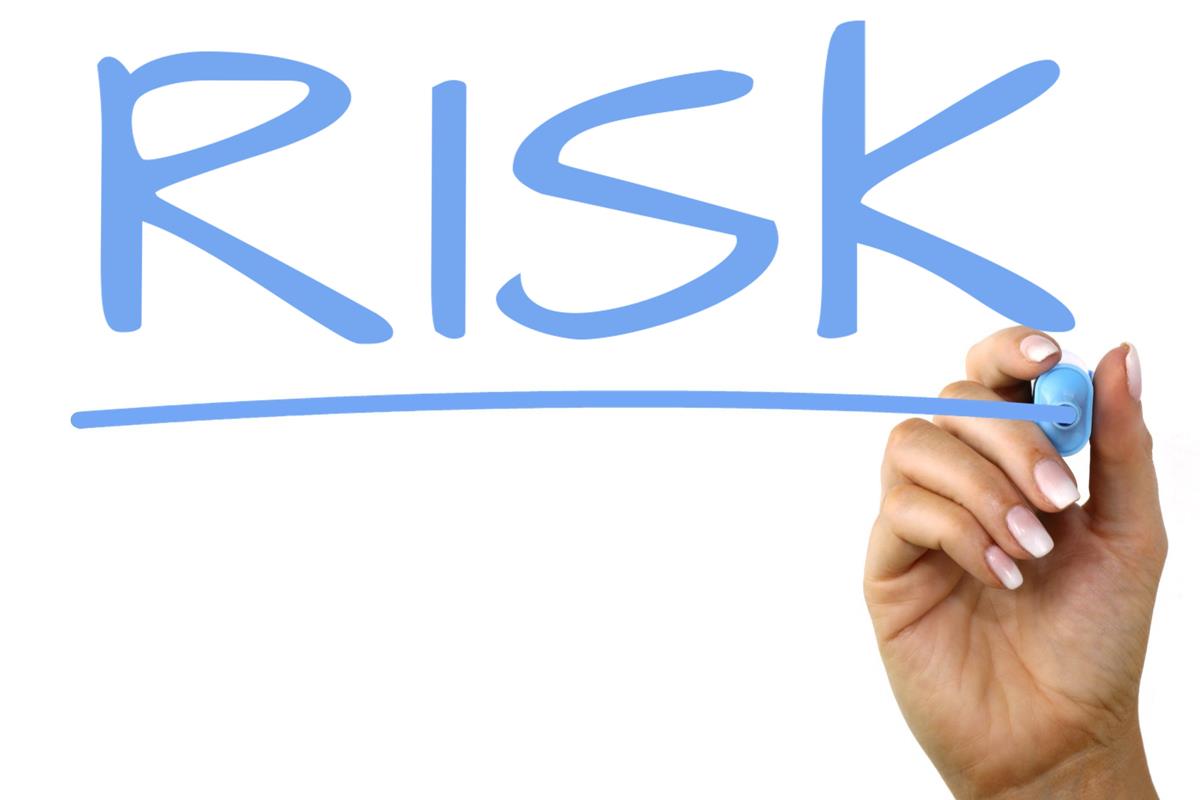Many investors regard risk and volatility as “one-and-the-same”, but they actually represent very different conditions. You may hire an individual to serve as your fiduciary, or you may function as your own fiduciary if you work with a broker or manage your own retirement. Regardless of whether you act as fiduciary or employ an individual to act in that capacity, the fiduciary is required to treat your financial resources as if the funds were their own in the same situation. Risk and volatility; fees and expenses; taxes both today and tomorrow; and real return represent four focus areas fiduciaries must address.
Many savers focus narrowly on risk. The only reason they own any equities is because neither their mattress nor their bank account can deliver growth. A nagging fear of losing their savings can be emotionally overwhelming for these folks, but inevitably inflation prompts them to step into the investment world.
Losing principal is one risk, but other investment risks are even more probable. Liquidity, credit, interest rate, business, market, regulatory and even inflation risk can be just as damaging to a person’s retirement savings and financial endgame. A solid investment strategy acknowledges these risks and prepares for the worst while anticipating the best possible outcome.
As a fiduciary, our job is to prepare for all of the scenarios that could happen as opposed to focusing on the history of the previous year. Too often, investors simply glance at their year-end investment statement returns and declare success or failure. This approach is the equivalent of playing Russian roulette with an investment portfolio. An investment strategy could work well for three consecutive years only to see the earned profits erode in the fourth year. As I’ve said before, things – and market conditions – change.
Keep in mind that a real loss of 50% requires a 100% growth to return to the previous level. A normal bear market correction of 20% requires 25% to recover to the previous high. Losing costs more than you think. Understanding and respecting risk is a non-negotiable requirement for financial success.
Volatility is a normal and arguably necessary part of any market. Market volatility simply refers to the upward and downward swings in both equity and credit markets as investors rotate their investments among differing asset classes and sectors. Keep in mind that volatility rarely represents a decline in a company’s performance but rather tells the story of future growth based on the company model and the projected economy. Sometimes investors and analysts are correct but sometimes they miss the mark entirely. That is why we mandate diversification in our portfolios.
An old expression warns that the market can be wrong longer than you can be financially solvent. Respect both risk and volatility but understand the difference. Make wise and unemotional investment decisions.
Disclaimer: Do not construe anything written in this post or this blog in its entirety as a recommendation, research, or an offer to buy or sell any securities. Everything in this post is meant for educational and entertainment purposes only. I or my affiliates may hold positions in securities mentioned in the blog. Please see our Disclosure page for the full disclaimer.


